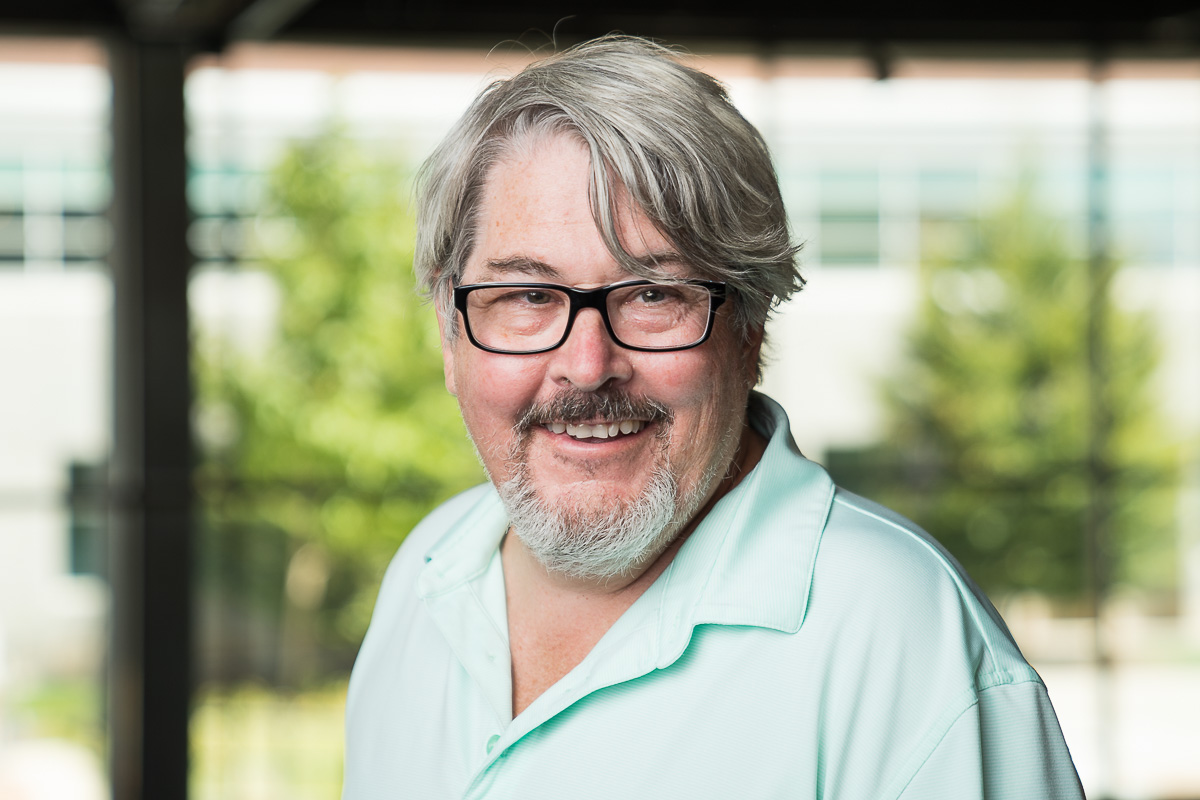Patrick Tripeny (he/his)

ARCH 2630Design Foundations Workshop
ARCH 3310 Structures I
ARCH 4872 Building Technology in Architectural Design
ARCH 6310Structures I
ARCH 6612 Comprehensive Building Technology I
ARCH 6960 Special Topics
Patrick Tripeny never intended to become a Professor of architecture nor did he ever expect he would live in Salt Lake City. He was born and raised in Wyoming and left to go to college at the University of Notre Dame to study architecture. Because he was good at mathematics, he also backed into a concentration in structural engineering. It was during this time that he got his first taste of classical architecture when he lived and studied in Rome during his junior year. After Notre Dame, he held several architectural jobs in California where a chance reading of a Buckminster Fuller book escalated into graduate work at Cal Poly San Luis Obispo, where he developed a tension space frame system based upon Fuller’s work. While at Cal Poly, he discovered that the modeling of space frame systems on the computer (or for that matter by hand) was nearly impossible. This lead to graduate work at the University of Michigan, where he developed a computer algorithm for generating space frame structures based upon the generative grammar research of George Stiny and William Mitchell. While at Michigan, he was a teaching assistant for the undergraduate structures course. From Michigan, he accepted a teaching position at the University of Utah, teaching structures and design. He had traveled many thousands of miles and found himself less than 400 miles from where he began. He worked to integrate the structural courses within the larger curriculum and to make it design based versus engineering based. Tripeny’s work in the classroom lead to him writing several papers on his pedagogy, as well as networking with other structures faculty around the country who were working toward the same goals. He received several teaching awards, including the ACSA/AIAS New Faculty Teaching Award in 2001.This recognition lead to someone suggesting his name to the editors at John Wiley who were looking for a new author of the Parker Ambrose Simplified Engineering series of textbooks.
